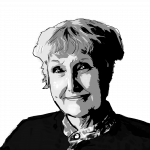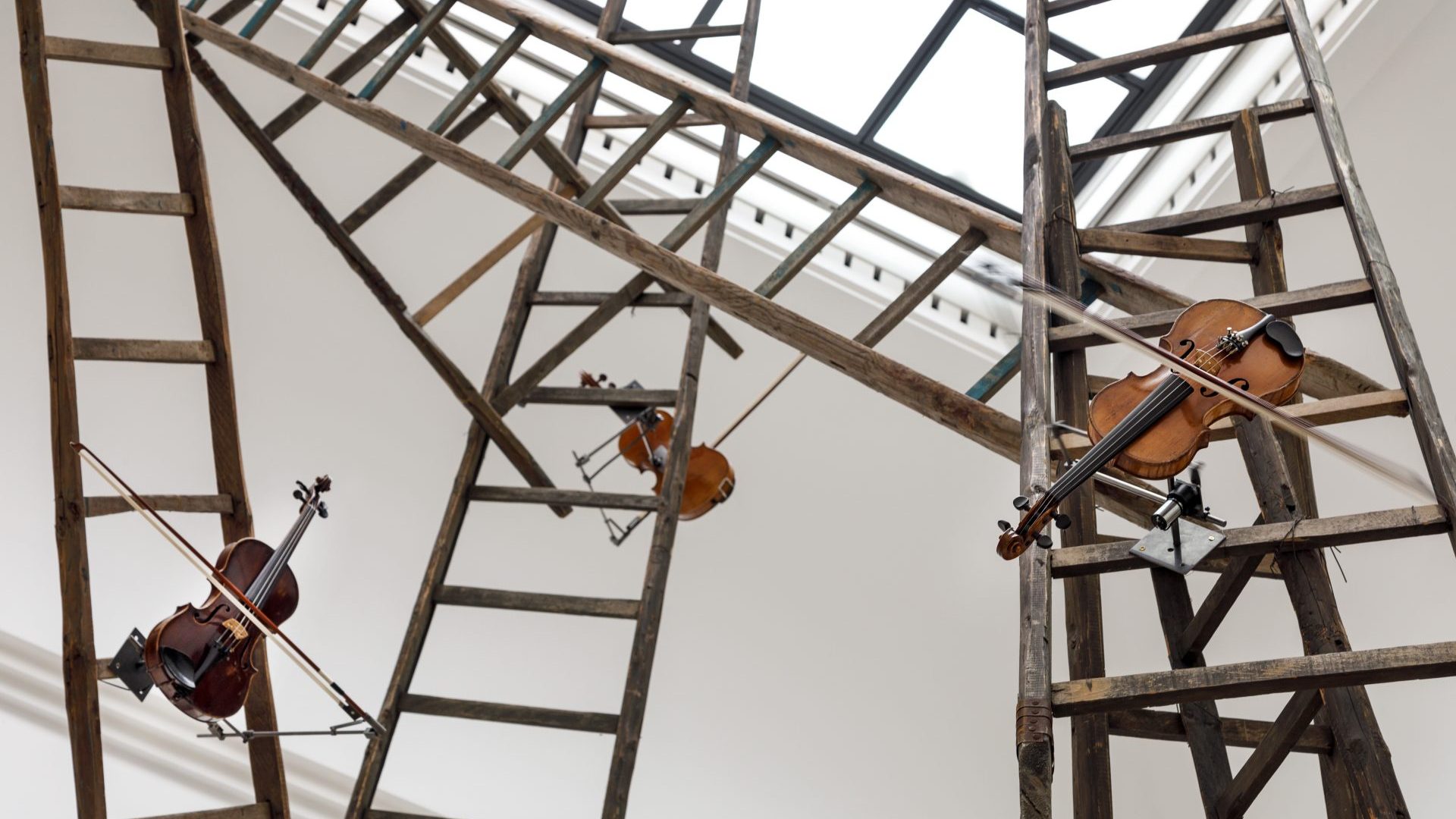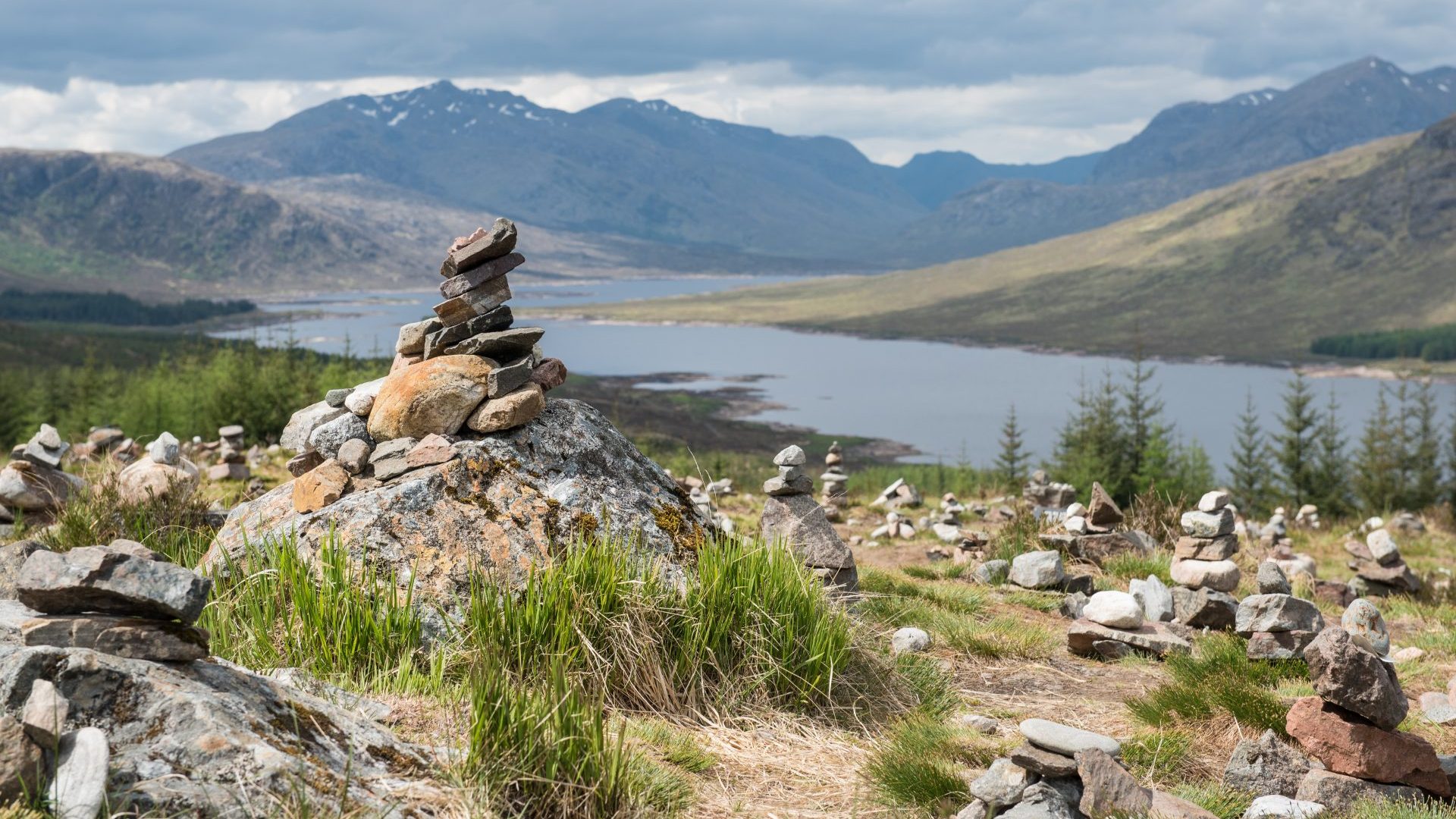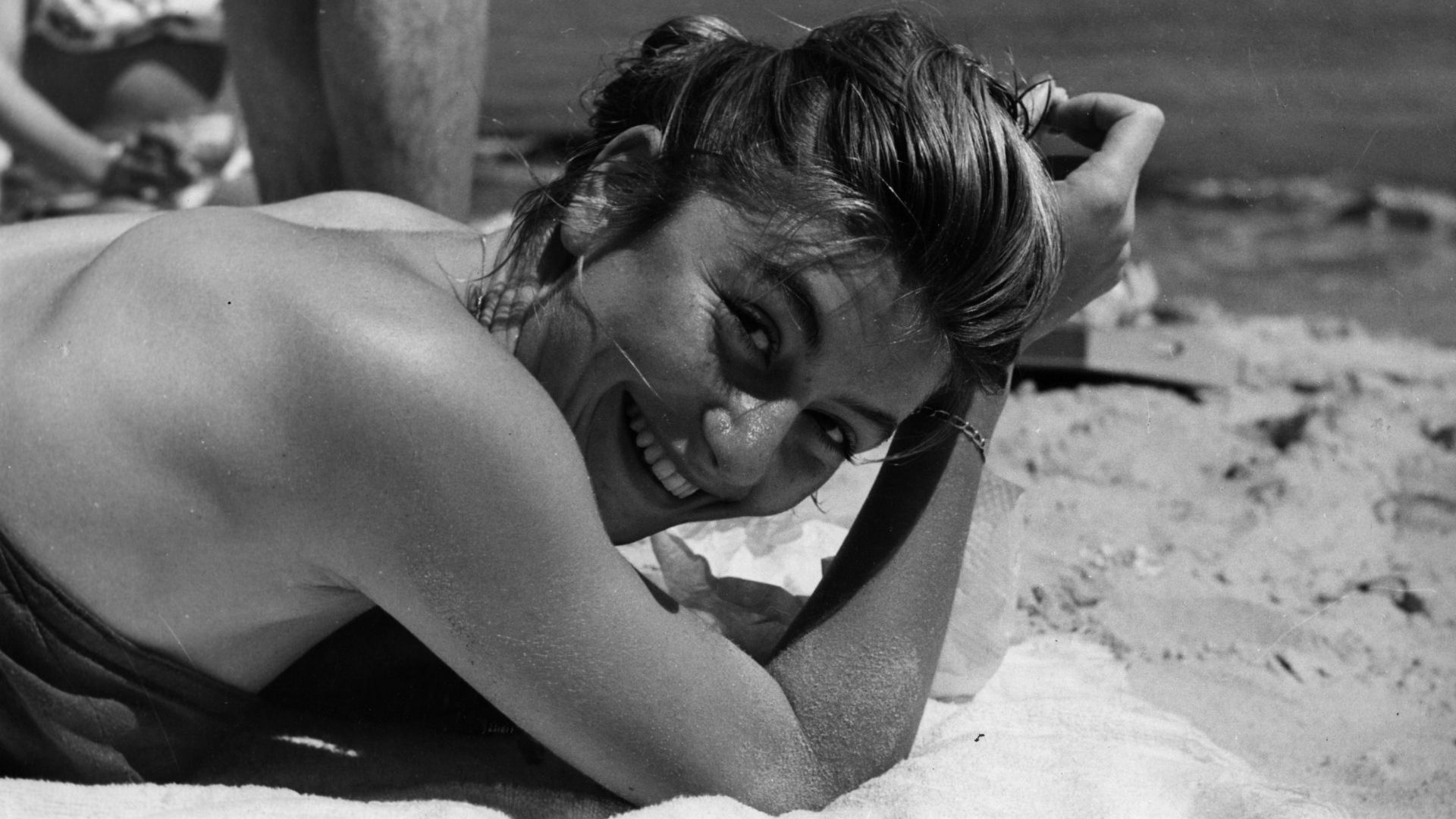A delicate pencil drawing by the German artist Rebecca Horn shows a small butterfly emerging from the chest of a female torso whose arms echo the shape of its open wings, fusing insect with human. Untitled (butterfly body), 1967 introduces the twin ideas of transformation and hybrid animal-human forms. A favourite motif, the butterfly recurs in several kinetic sculptures where steel motors attached to the wings suddenly activate, causing the butterfly to flap, catching you by surprise.
The retrospective of six decades of Horn’s work on display at the Haus der Kunst is a hive of fizzling, slithering, expanding, retracting, ejecting and mournfully intoning objects that randomly start up then fall silent. The gallery runs like a well-oiled machine, every component performs its part, in dialogue with the larger-than-life films projected on to the walls, the framed drawings, the beautifully crafted props in glass cases. “The building – which has a certain heaviness – will be provided with some light,” says Haus der Kunst’s artistic director, Andrea Lissoni, of this orchestration.
Horn was born in 1944 in Michelstadt to German Jewish parents; she discloses very little of her early life. When young, she was in hospital after contracting TB. Later, she studied at the University of Fine Arts in Hamburg, in opposition to her parents’ wishes – they favoured economics; then entered a sanitorium after breathing in polyester and glass fibres that seriously damaged her lungs. Confined to bed for a year, during which time both her parents died, Horn had time to reflect on the human body, its frailty and its hidden inner workings. Her experience calls up other female artists whose careers were affected or cut short by infection, accident, tumour or trauma: Helen Chadwick, Eva Hesse, Frida Kahlo.
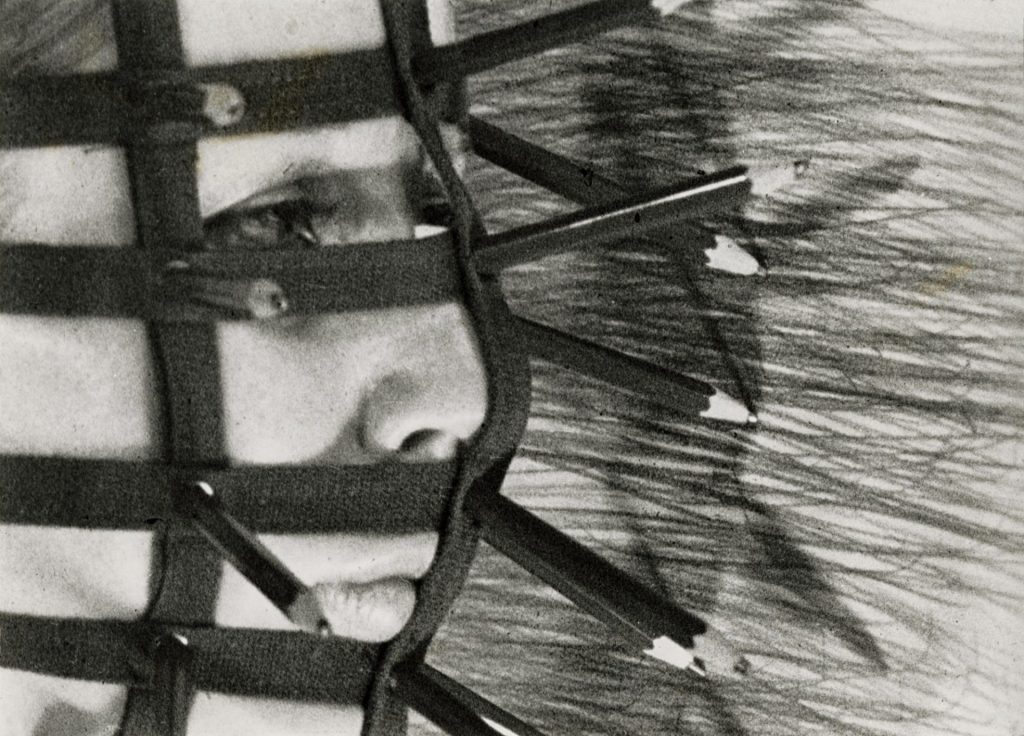
Following Horn’s recovery, she made contraptions to be worn, extending or restricting the body, altering the way it moves in space. At the Haus der Kunst, one of her best-known pieces from this period is Einhorn (Unicorn), 1970. It consists of a white wooden horn fixed to a headpiece with medical-looking bindings that strap around the body. In the accompanying film, a young naked woman is wearing this structure, tripping through trees along a path tongued by light and shadow, an absurd figure with this long upright horn on her head, yet also as mythical in her way as the proverbial beast. She takes small footsteps, looks straight ahead, neither turning nor nodding nor quickening her pace, on she goes, coming out into a field sunlit with wheat, and we watch, mesmerised.
The pairing of lifeless appendage with footage of its use in performance brings an appreciation of its latent energy. Here, the Pencil Mask hanging dully in its gallery case, and there it is again, strapped to Rebecca Horn’s head, turning her into a porcupine creature bristling with pencils. As she rocks her head from side to side against a paper sheet, the pencils scrape out a shadow. There’s something positive about the engagement of a body part not usually associated with holding an implement; it brings to mind the paintings of Sarah Biffen, the 19th-century artist who used her mouth to paint.
The Overflowing Blood Machine, Cockatoo Mask and The Feathered Prison Fan are similarly presented. The burlesque ostrich feathers of The Feathered Prison Fan look tawdry in Haus der Kunst, but this does not concern the artist. “I like my machines to tire,” Horn once said. “They are more than objects. These are not cars or washing machines. They rest, they reflect, they wait.”
The curators have taken Horn’s interest in dance as their organising principle. Poise and balance, discipline and precision, repetition and patterns of movement, and the tyranny of the ubiquitous mirror are part of a ballerina’s life and recur in Horn’s works, too. “Whether the artist is described as an inventor, film director, author, composer or poet, she sees herself first and foremost as a choreographer,” writes co-curator Jana Baumann.
In Horn’s later works, however, the body is entirely removed from the mix, although its absence draws attention to the expectation of its presence. In Tower of the Nameless a crazy cat’s cradle of wooden ladders reaches the ceiling, their feet sharpened to spear points, as if they have just been launched into the air and have stuck there. Violins are attached to the ladders, each with a bow. At certain points, the mechanised bows are drawn across to emit a poignant moan. First installed in a stairwell at Vienna’s Naschmarkt in 1994, the tower was made in response to the Balkan wars.

“Vienna’s underground was populated by the refugees of war,” Horn commented. “These abandoned people were hiding in doors and subway tunnels […] they couldn’t speak German; they had no passports, no identity; they were on the run.” The refugees at Vienna’s marketplace played their violins alongside Tower of the Nameless, adding their presence to the sculpture’s music.
In Concert for Anarchy, an upside-down piano hangs from the ceiling. The instrument hovers as a monster head, eared by two legs, pedals as budding horns. Its lid is clamped shut but every so often flies open and the piano vomits a rush of keys in a shuddering crash.
The replacement of the human body by a motor in these and other works, such as The Painting Machine/Aria in Black, provokes ambivalence. On the one hand, to witness their workings, shown in the drawings and in exposed mechanisms, makes them familiar and knowable. They are not the product of miniaturised nanotechnology or manipulated digitised trickery. They are physical and present, inspiring a kind of nostalgia for the objects in our lives. On the other hand, the kinetic sculptures reflect current concerns of our impending superfluousness in the face of technology, from driverless cars and trains to customer care chatbots and AI domination. Perhaps every age will find a message and meaning in Horn’s work. They speak to us of the energy we each possess to act, perform, grow, to be still. Transformation is our magic power, which we can use for better or for worse.
Rebecca Horn is at Haus der Kunst, Munich, until October 13

